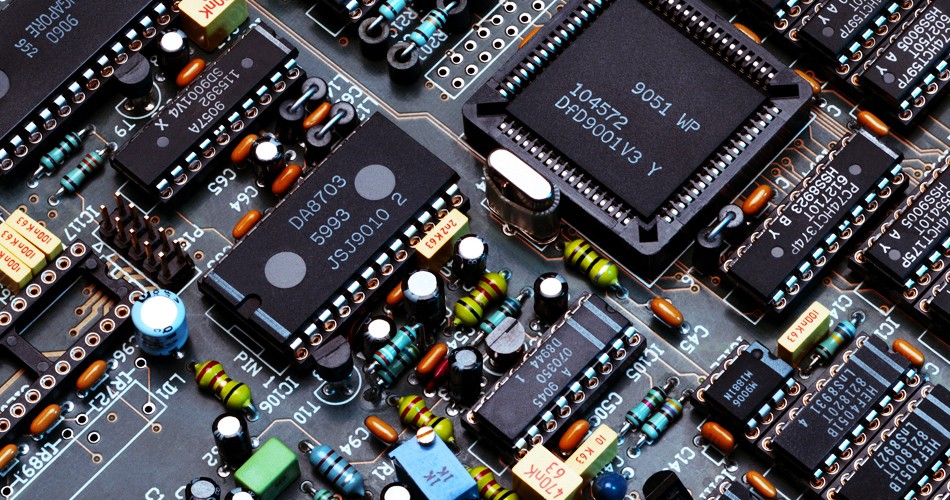- English
- Español
- Português
- русский
- Français
- 日本語
- Deutsch
- tiếng Việt
- Italiano
- Nederlands
- ภาษาไทย
- Polski
- 한국어
- Svenska
- magyar
- Malay
- বাংলা ভাষার
- Dansk
- Suomi
- हिन्दी
- Pilipino
- Türkçe
- Gaeilge
- العربية
- Indonesia
- Norsk
- تمل
- český
- ελληνικά
- український
- Javanese
- فارسی
- தமிழ்
- తెలుగు
- नेपाली
- Burmese
- български
- ລາວ
- Latine
- Қазақша
- Euskal
- Azərbaycan
- Slovenský jazyk
- Македонски
- Lietuvos
- Eesti Keel
- Română
- Slovenski
- मराठी
- Srpski језик
Complex power management and distribution in PCBA assembly
2024-04-23
In PCBA (Printed Circuit Board Assembly) assembly, complex power management and distribution are crucial because they directly affect the performance, stability and reliability of the entire system. The following are key concepts and considerations related to complex power management and distribution:

1. Power management integrated circuit (PMIC):
Complex power management often requires the use of dedicated power management integrated circuits (PMICs) in PCBA design. PMIC can manage and monitor the system's power supply, voltage, current and temperature parameters. They usually integrate multiple functions such as voltage regulation, power switching, battery charge management, power monitoring, etc. Choosing the right PMIC is very important to meet the power consumption and performance needs of the system.
2. Multiple power domains:
Many modern PCBA systems contain multiple power domains, each of which can have different voltage and current requirements. In the design, power isolation between different domains must be ensured to prevent interference and power fluctuations from propagating to other domains. This may require the use of components such as isolated power supplies, voltage regulators, power filters, etc.
3. Power supply voltage and current requirements:
For different components and functional modules, different supply voltages and currents may be required during PCBA design. These requirements must be met precisely to ensure proper operation of the system. This may require the design and implementation of multiple supply voltage regulation and stabilization circuits.
4. Backup power supply and power loss management:
In some applications, a backup power supply is required to ensure that the system can continue to operate in the event of a main power failure. Power loss management circuitry can detect main power failure and automatically switch to backup power. This is important for critical systems such as medical equipment and communications systems.
5. Power distribution network design:
The design of the power distribution network involves power lines, power planes, power filtering and voltage dividing. Good power distribution network design in PCBA can reduce noise and power fluctuations, and improve system performance and anti-interference capabilities.
6. Thermal management:
Complex power management and distribution can generate large amounts of heat. Therefore, thermal management strategies, including heat sinks, heat pipes, thermal dissipants, fans, and temperature sensors, must be considered to ensure system stability and reliability.
7. Energy saving and efficiency:
Energy conservation and efficiency are important concerns in the design of modern electronic equipment. Selecting efficient power management devices, optimizing power circuits in PCBA, and adopting intelligent power management strategies can reduce power consumption, extend battery life, and reduce heat generation.
8. Fault detection and protection:
Complex power management and distribution circuits should have fault detection and protection capabilities that can detect and respond to power failures to prevent damage to the system.
Taking these factors into consideration, complex power management and distribution requires careful planning, design, and testing to ensure system stability, reliability, and performance. This often requires coordinating multiple aspects of circuit design in PCBA, power management IC selection and configuration, PCB layout, and thermal management strategies to meet the requirements of a specific application.
-
Delivery Service






-
Payment Options









